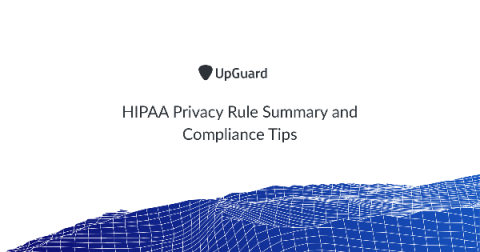HIPAA Privacy Rule Summary and Compliance Tips
The Standards for Privacy of Individually Identifiable Health Information (Privacy Rule) establishes a set of national standards for the protection of patients' rights and certain health information. Its standards address the use and disclosure of individuals' health information, known as protected health information or PHI by organizations subject to the Privacy Rule, as well as standards for an individual's rights to understand and control how their health data is used.









